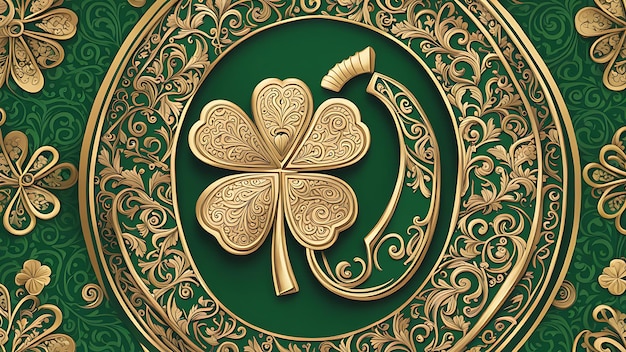
Faery Habits – The Folklore in Thorn Jack
In my dark fantasy novel “Thorn Jack,” set in upstate New York, I drew inspiration from the ballad ‘Tam Lin,’ which tells the story of a young woman saving her human lover from the faery queen. I wanted to transport traditional faery folklore, especially Celtic tales, into a modern setting by creating the mystical Fata family.
Dances and Music
Faery music, known as planxty in Celtic folklore, is hypnotic and dissonant, designed to lure humans. Faery pipers and fiddlers create mischief, and faery revels are notorious for their enchanting nature. Those who stumble into a faery ring might find themselves lost for a century. In “Thorn Jack,” the Fata family first appears at a lakeside concert, hosting extravagant parties to attract the young, who can see them, along with certain older individuals with the Sight.
The Dead
Faeries often intermingle with the dead. In Irish and Scottish folklore, people sometimes appear alive in the company of faeries after their deaths. In “Thorn Jack,” the Fata family mingles with the spirits of young men and women trapped in a liminal space. Additionally, there are Jacks and Jills, immortals created by being hollowed out and filled with magical flowers.
Faery Queens
Celtic folklore describes faery queens as goddess-like figures, ruling with wisdom and ruthlessness. They are akin to queens in the insect world, commanding their subjects with authority. In my book, the queens of the Fata family are more formidable than the kings, maintaining their power through heartlessness.
Ruins
Faery folk are said to haunt wild, remote places in Ireland and Scotland. They prefer nameless, unmapped, and unowned areas like woods, ruins, and caverns. In “Thorn Jack,” the Fatas choose abandoned, forgotten places such as a decaying 1920s hotel, an old film studio shaped like a glass conservatory, and once-grand mansions along the Hudson River.
Shapeshifting
Before the Victorian era, faeries in European folklore were often depicted as shapeshifters, not the small, winged beings we commonly think of today. The Fatas in my story also possess shapeshifting abilities, often disguising themselves as ‘families’ such as the Mockingbirds or the Fata family, appearing young, glamorous, and alluring.
Changelings
Faeries have a notorious reputation for snatching attractive babies and people, leaving behind monstrous replicas or dead bodies. They admire beauty and heroism, and anyone could be ‘led away’ by them in Celtic folklore. In “Thorn Jack,” the Fatas kidnap the young and beautiful to become lovers, servants, or soldiers—none of which are happy fates.
The faeries in Celtic folklore are complex and contradictory, described as spirits, fallen angels, or an ethereal race. They can be benevolent or malevolent depending on their whims, embodying both darkness and mystery.
Official Synopsis of Thorn Jack
After her older sister’s suicide, Finn Sullivan moves with her father to a quaint town in upstate New York. This seemingly charming place is filled with socialites, hippies, and dramatic artists. However, beneath its picturesque surface lies a darker essence, embodied by the alluring Jack Fata, a member of one of the town’s most powerful families.
As Finn settles in, she discovers the town’s seductive charm and dangerous powers, a mix of good and evil, magic and mystery, that puts her at great risk. To save herself and her beloved Jack, Finn must confront the fearsome Fata family and uncover shocking secrets about her sister’s death.

